Introduction:
Dollar bills hold a special place in American culture and are instantly recognizable with the portraits of The Faces on Dollar Bills adorning them. From the stoic gaze of George Washington on the one-dollar bill to the distinguished profile of Benjamin Franklin on the hundred-dollar bill. These portraits symbolize the nation’s history, ideals, and achievements. In this blog post, we will delve into the stories behind the portraits of U.S. Presidents on dollar bills, exploring their significance and the legacy they represent.
George Washington – The Father of the United States.
The one-dollar bill features the iconic portrait of George Washington. America’s first President and often referred to as the “Father of the United States.” As the commanding general during the Revolutionary War and the leader of the Constitutional Convention. Washington played a pivotal role in the birth of the nation. His steadfast leadership, integrity, and dedication to the ideals of liberty and democracy made him a revered figure in American history.
Abraham Lincoln – Emancipator and Unifier
The somber face of Abraham Lincoln graces the five-dollar bill, symbolizing his transformative impact on American history. Serving as the 16th President, Lincoln’s leadership during the Civil War. And his unwavering commitment to preserving the Union and abolishing slavery earned him the title of the Great Emancipator. His enduring legacy as a unifier and his tragic assassination have solidified his place as one of the most revered Presidents in U.S. history.
Thomas Jefferson – Architect of Democracy
Thomas Jefferson, the principal author of the Declaration of Independence, is immortalized on the two-dollar bill. Jefferson’s contributions to the birth of the nation. His vision of individual liberty and natural rights, and his advocacy for democratic ideals are integral to the American identity. As the third President, Jefferson’s accomplishments included the Louisiana Purchase and the establishment of the University of Virginia. Further solidifying his status as an architect of democracy.
Andrew Jackson – Champion of the Common Man
The portrait of Andrew Jackson on the twenty-dollar bill reflects his status as a champion of the common man and his lasting impact on American politics. Serving as the seventh President, Jackson was known for his populist approach and efforts to expand democracy. His policies included the dismantling of the Second Bank of the United States and his firm belief in the power of the people. Jackson’s legacy is a reminder of the evolving nature of American democracy.
Benjamin Franklin – A Founding Father and Renaissance Man
Although not a President, Benjamin Franklin’s portrait graces the hundred-dollar bill, paying homage to his multifaceted contributions to American society. Franklin was a polymath, excelling in various fields including science, writing, and diplomacy. His experiments with electricity, his role in drafting the U.S. Constitution, and his contributions as a statesman have solidified his place as a Founding Father and a symbol of American innovation and intellect.
Certainly! Here are some frequently asked questions and answers related to the topic of U.S. Presidents on dollar bills:
Q1: Who is featured on the one-dollar bill?
A1: The one-dollar bill features the portrait of George Washington, the first President of the United States.
Q2: Why is George Washington featured on the one-dollar bill?
A2: George Washington is considered the “Father of the United States” due to his crucial role in the founding of the nation and his leadership during the Revolutionary War.
Q3: Which President is depicted on the five-dollar bill?
A3: The five-dollar bill showcases the portrait of Abraham Lincoln, the 16th President of the United States.
Q4: What is Abraham Lincoln known for?
A4: Abraham Lincoln is renowned for leading the nation during the Civil War. Issuing the Emancipation Proclamation, and his unwavering commitment to preserving the Union.
Q5: Who appears on the ten-dollar bill?
A5: The ten-dollar bill features the portrait of Alexander Hamilton. The first Secretary of the Treasury and one of the Founding Fathers of the United States.
Q6: Are there any non-Presidents on U.S. currency?
A6: Yes, Benjamin Franklin, a Founding Father known for his multifaceted contributions, appears on the hundred-dollar bill.
Q7: Can I use dollar bills with older designs?
A7: Yes, older designs of U.S. dollar bills remain valid and can be used as legal tender.
Q8: Why are U.S. Presidents featured on currency?
A8: Including U.S. Presidents on currency serves as a tribute to their leadership, contributions to the nation, and representation of American history and values.
Q9: How are the portraits on dollar bills chosen?
A9: The selection of portraits on dollar bills is determined by the U.S. Department of the Treasury, with input from various stakeholders.
Q10: Can I collect dollar bills with different portraits?
A10: Yes, collecting dollar bills with different portraits can be a hobby for many people. Look out for special editions and commemorative bills to add to your collection.
Conclusion:
The The Faces on Dollar Bills and Benjamin Franklin on dollar bills serve as powerful symbols of the nation’s history, values, and achievements. From the visionary leadership of George Washington to the emancipatory legacy of Abraham Lincoln. Each portrait represents a chapter in American history. These faces on dollar bills not only honor the individuals themselves but also embody the aspirations and progress of the United States. The next time you handle a dollar bill, take a moment to reflect on the extraordinary individuals who have shaped the nation and the enduring legacy they leave behind.

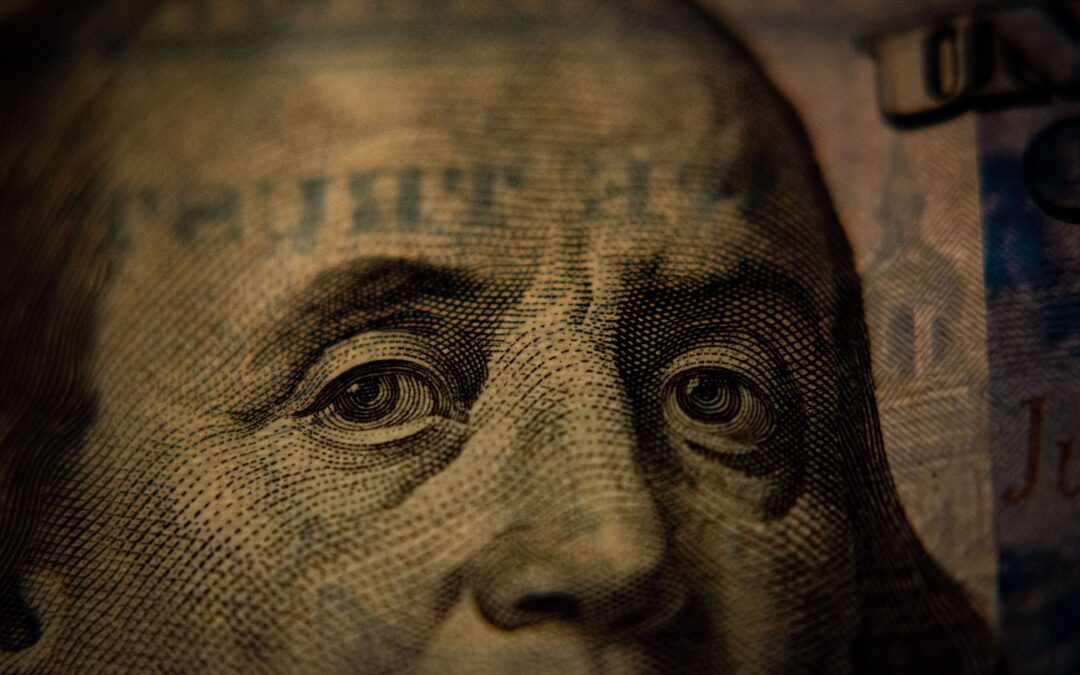
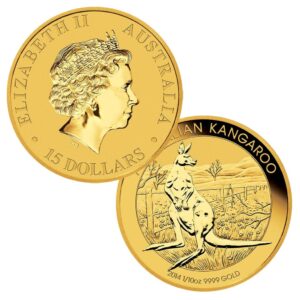
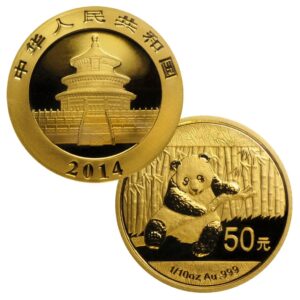
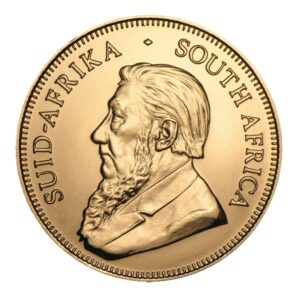
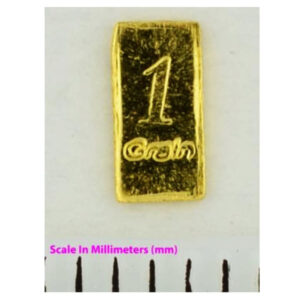
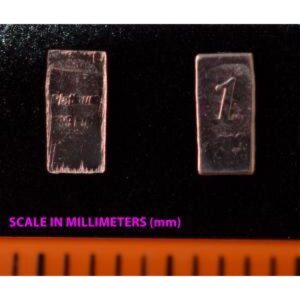
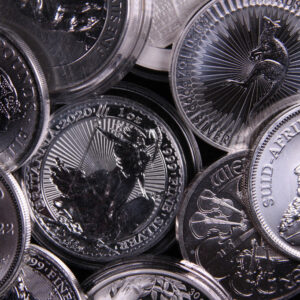
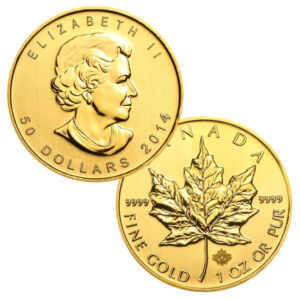
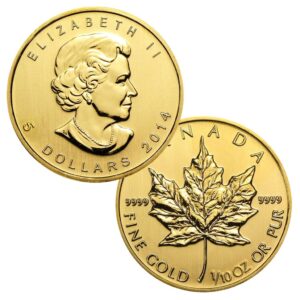
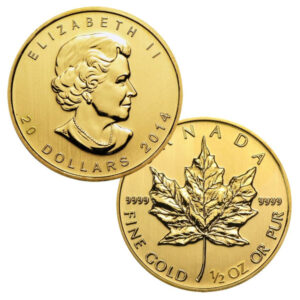

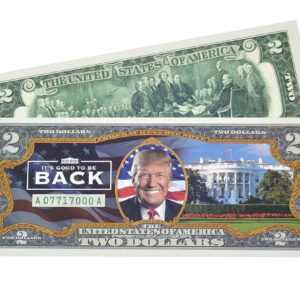

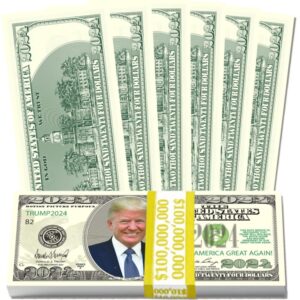
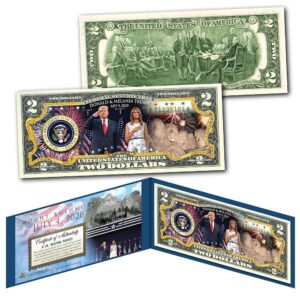

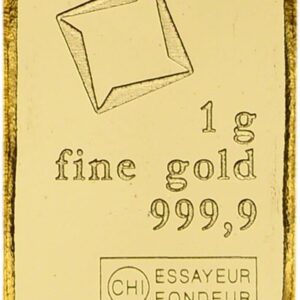

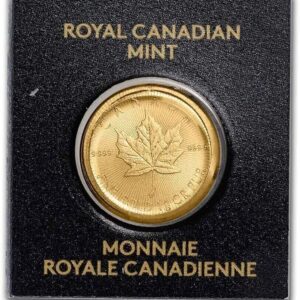
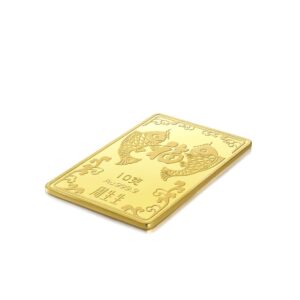
Loving the info on this web site, you have done outstanding job on the content.
I don’t think the title of your article matches the content lol. Just kidding, mainly because I had some doubts after reading the article.
I don’t think the title of your article matches the content lol. Just kidding, mainly because I had some doubts after reading the article.
You really make it seem so easy with your presentation but I find this topic to be actually something which I think I would never understand. It seems too complicated and very broad for me. I am looking forward for your next post, I’ll try to get the hang of it!
Utterly composed content, Really enjoyed studying.
Thank you for your sharing. I am worried that I lack creative ideas. It is your article that makes me full of hope. Thank you. But, I have a question, can you help me?
Your point of view caught my eye and was very interesting. Thanks. I have a question for you.
Thank you for your sharing. I am worried that I lack creative ideas. It is your article that makes me full of hope. Thank you. But, I have a question, can you help me? https://accounts.binance.com/register?ref=P9L9FQKY
I have been checking out a few of your articles and i must say pretty nice stuff. I will make sure to bookmark your site.
Wow! Thank you! I always needed to write on my blog something like that. Can I include a part of your post to my website?
I don’t think the title of your article matches the content lol. Just kidding, mainly because I had some doubts after reading the article.
Can you be more specific about the content of your article? After reading it, I still have some doubts. Hope you can help me.
Thanks for sharing. I read many of your blog posts, cool, your blog is very good.
Good V I should certainly pronounce, impressed with your web site. I had no trouble navigating through all tabs and related info ended up being truly easy to do to access. I recently found what I hoped for before you know it in the least. Quite unusual. Is likely to appreciate it for those who add forums or anything, site theme . a tones way for your client to communicate. Nice task..
Have you ever thought about writing an e-book or guest authoring on other blogs? I have a blog based on the same ideas you discuss and would really like to have you share some stories/information. I know my audience would enjoy your work. If you are even remotely interested, feel free to send me an e mail.
Reading your article helped me a lot and I agree with you. But I still have some doubts, can you clarify for me? I’ll keep an eye out for your answers.
Thanks for sharing. I read many of your blog posts, cool, your blog is very good.
I have read several just right stuff here. Definitely price bookmarking for revisiting. I wonder how so much attempt you place to create one of these fantastic informative site.
Can you be more specific about the content of your article? After reading it, I still have some doubts. Hope you can help me.
I have been browsing on-line more than three hours as of late, yet I by no means discovered any interesting article like yours. It’s pretty worth sufficient for me. In my view, if all site owners and bloggers made excellent content as you did, the internet shall be a lot more useful than ever before.
I have read so many articles or reviews about the blogger lovers but this paragraph is truly a pleasant paragraph,
keep it up.
Howdy! I simply would like to give an enormous thumbs up for the great data you have right here on this post. I can be coming back to your weblog for more soon.
Merely wanna remark that you have a very nice website , I enjoy the style and design it actually stands out.
Can you be more specific about the content of your article? After reading it, I still have some doubts. Hope you can help me.
I like this website very much, Its a rattling nice berth to read and obtain information.
I truly appreciate this post. I’ve been looking all over for this! Thank goodness I found it on Bing. You’ve made my day! Thx again
Well I truly enjoyed studying it. This information procured by you is very useful for good planning.
Please let me know if you’re looking for a writer for your weblog. You have some really good articles and I believe I would be a good asset. If you ever want to take some of the load off, I’d love to write some articles for your blog in exchange for a link back to mine. Please shoot me an email if interested. Cheers!
Wohh just what I was searching for, thanks for posting.
Thank you so much for giving everyone an extraordinarily wonderful possiblity to read articles and blog posts from here. It really is so pleasurable and also stuffed with fun for me personally and my office friends to visit the blog at the very least three times every week to learn the new issues you have got. Of course, I’m also always pleased for the fantastic opinions you serve. Some 3 facts in this post are clearly the most impressive we have all had.
I was just looking for this info for a while. After six hours of continuous Googleing, at last I got it in your website. I wonder what’s the lack of Google strategy that do not rank this kind of informative sites in top of the list. Usually the top web sites are full of garbage.
I loved as much as you will receive carried out right here. The sketch is attractive, your authored subject matter stylish. nonetheless, you command get got an impatience over that you wish be delivering the following. unwell unquestionably come more formerly again as exactly the same nearly very often inside case you shield this hike.
naturally like your web site but you have to check the spelling on several of your posts. Several of them are rife with spelling issues and I find it very troublesome to tell the truth nevertheless I’ll surely come back again.
Thanks for sharing. I read many of your blog posts, cool, your blog is very good.
I’m just writing to let you understand of the outstanding experience my friend’s girl developed viewing yuor web blog. She realized a lot of issues, including what it is like to have an ideal teaching spirit to let certain people with no trouble learn specific impossible subject matter. You really did more than her desires. Thank you for giving the productive, trusted, revealing as well as easy guidance on this topic to Kate.
Thankyou for this post, I am a big fan of this website would like to proceed updated.
I?¦ll immediately take hold of your rss as I can’t in finding your email subscription hyperlink or e-newsletter service. Do you’ve any? Please allow me know in order that I may subscribe. Thanks.
Thanks for sharing. I read many of your blog posts, cool, your blog is very good.
Keep working ,impressive job!
I believe you have remarked some very interesting details , appreciate it for the post.
Even the gods, if they exist, must laugh from time to time. Perhaps what we call tragedy is merely comedy from a higher perspective, a joke we are too caught up in to understand. Maybe the wisest among us are not the ones who take life the most seriously, but those who can laugh at its absurdity and find joy even in the darkest moments.
I think this site has got very wonderful composed subject matter content.